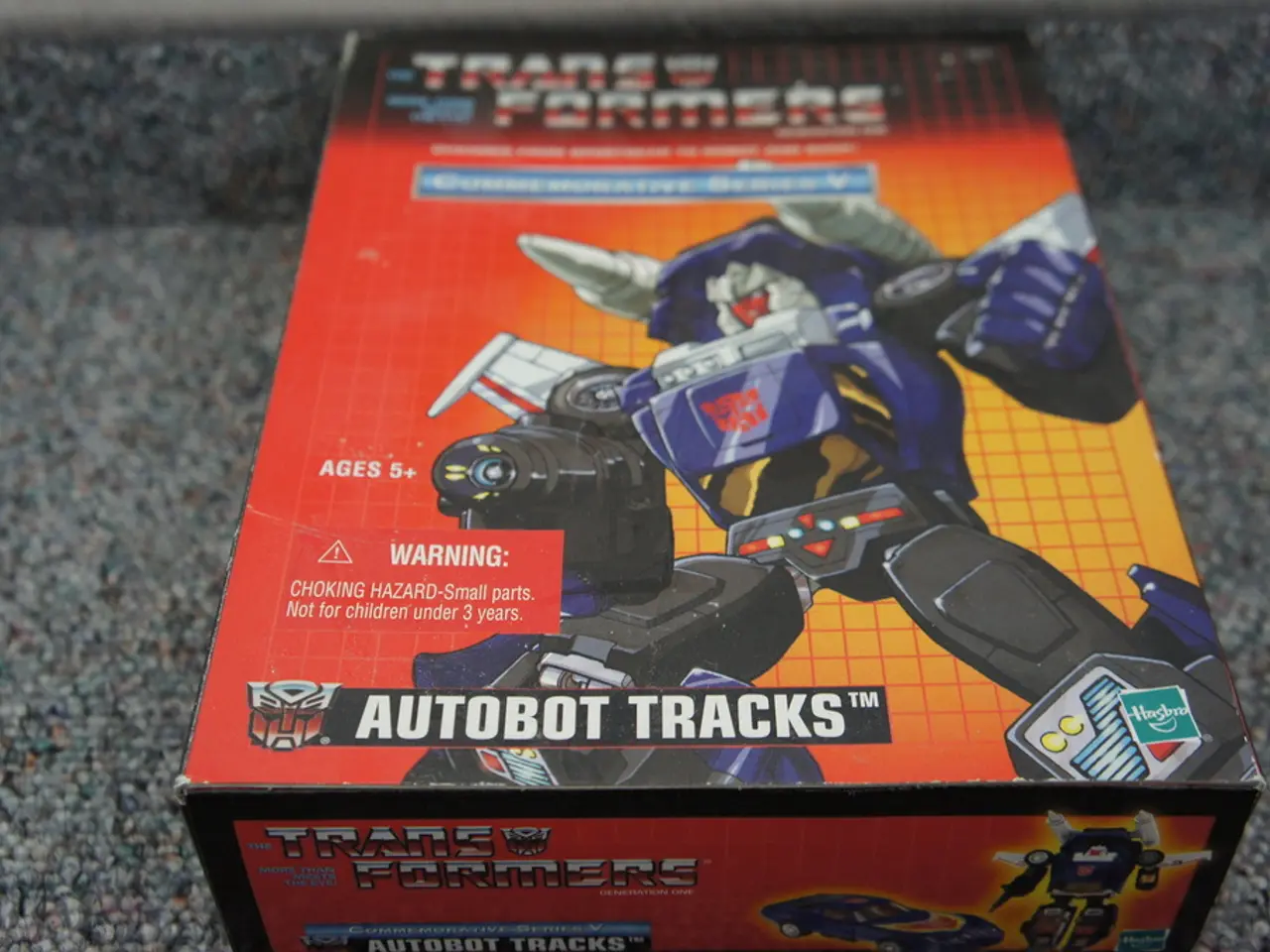AI integration for enhanced safety management: Schneider Electric unveils innovative patent
Schneider Electric, a global leader in digital transformation of energy management and automation, has announced a groundbreaking patent for an AI-based system designed to reduce process safety hazards in industrial processes. This innovation is set to revolutionise industrial safety management and is generating significant interest in the combination of AI and human ingenuity in functional safety analysis.
The AI system, part of Schneider Electric's EcoStruxure Triconex Safety team's latest patent, has the potential to identify potential hazards and safeguards in a process. By analysing potential process hazards and validating protection mechanisms, it aims to prevent industrial hazards in real-time using industrial data.
The patent is a significant step towards creating a more rigorous and robust Hazard and Operability (HAZOP) study, a systematic, proactive approach to identifying and evaluating potential hazards in a process plant. By revalidating HAZOP studies in real-time, the system can help reduce the likelihood of process safety hazards in industrial processes.
The AI system is designed to optimise processes in real-time, enhancing efficiency and reducing waste. It also improves security and reliability by operating independently, reducing the impact of connectivity disruptions. Moreover, the system can lead to significant energy savings and lower operational expenses by reducing the need for cloud processing and optimising energy consumption.
Collaborations like Schneider Electric's with Intel aim to integrate IT and Operational Technology (OT), promoting open automation solutions that avoid obsolescence and enhance security. The company's collaboration with NVIDIA focuses on developing AI-ready infrastructure for factories, supporting large-scale AI workloads.
While the search results do not specifically mention a "Schneider Electric's AI-based process safety hazard reduction system," they provide insights into Schneider Electric's broader AI applications and collaborations in industrial automation.
The patent's potential impact on industrial safety is growing interest in the combination of AI and human ingenuity in functional safety analysis. Key benefits of such a system might include predictive maintenance, real-time monitoring, and decision support systems to mitigate risks.
However, specific details about Schneider Electric's AI-based process safety hazard reduction system are not available in the provided search results. It is expected that this innovative technology will play a crucial role in the digital transformation of various industrial sectors, contributing to increased efficiency, safety, and cost-effectiveness.
The AI system, part of Schneider Electric's EcoStruxure Triconex Safety team's latest patent, leverages artificial-intelligence to identify potential hazards and safeguards in industrial processes, aiming to reduce process safety hazards in real-time using industrial data. By optimizing processes and revalidating Hazard and Operability (HAZOP) studies in real-time, this technology shows promise for enhancing industrial safety management through a combination of AI and human ingenuity in functional safety analysis.




